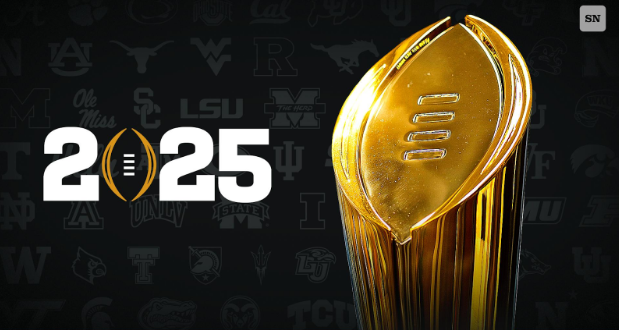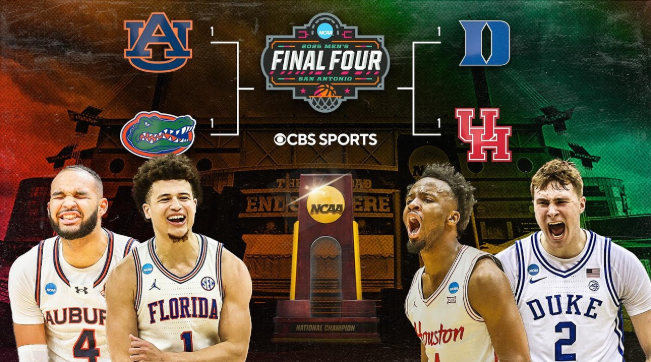To become a National Champion – that is the goal of every FBS (NCAA Division I Football Bowl Subdivision) team at the beginning of each season. Although the goal has always been the same, the path to achieving that goal has changed many times over the years. The only constant has been that the process has always had its critics, no matter the methodology.
From 1936 to 1991, a National Champion was simply determined by looking to see who was the leader of the AP (Associated Press) Poll issued after the bowl games. To complicate matters, there were competing national polls like the Coaches Poll and the USA Today Poll that sometimes led to conflicting claims of who was the National Champion, with multiple teams laying claim to that title in certain years. This system was far from ideal and full of controversy.
In an attempt to address some of these deficiencies and also likely to capitalize economically on the national excitement around college football, in 1992, the NCAA established the Bowl Coalition. This was followed by the Bowl Alliance in 1995, which was soon replaced with the Bowl Championship Series (BCS); this ran from 1998 until 2013. Although the name changed, in each version of this system the major bowl games with long history and popularity determined which teams would play each other and which game was designated as a National Championship Game that year. The bowl that was to be designated as the “National Championship Game that year was moved off of its traditional date to approximately 10 days into January. This designation was not adopted by the NCAA, but the NCAA and the polls recognize the winner of this game as the National Champion in their records. These systems led to more games to determine a champion, meaning more revenue for the NCAA and the conferences, but controversy as to which two teams would be selected to play in the de facto National Championship Game. Despite its flaws, the BCS remained a staple of college football until the creation of the College Football Playoff (CFP) in 2014.
The CFP made the process of determining a National Champion much more exciting, taking influence away from the AP writers and other polls and pundits, allowing the 4 top-ranked teams in the nation to battle it out in two semi-final games filled by a single National Championship game between the two semi-final winners. Although better, this system was attacked because the top 4 teams were selected and seeded by a small selection committee rather than a larger bracket-type tournament found in college basketball. In 2024, the CFP was expanded to 12 teams and will finally feature a first round of games separate from the bowl games. The first round will pit seeds 5 through 12 against each other in a bracket, with the higher-seeded team hosting that game at its home stadium. The quarter-final and semi-final matchups will be played in existing New Year’s Day bowl games, followed by a final National Championship game played on January 20, 2025. The winner of that game will be awarded the College Football Playoff National Championship Trophy, thus giving them that coveted National Champion label.
Many sports fans around the country are looking forward to this year’s National Championship game and believe the system in place now is the best viewers have seen yet. We have come a long way from the days of competing polls, which were little more than a popularity contest between the teams with the best records at the end of the regular season. The champion should be determined on the gridiron, not in a poll. May the best school win!
The final result of the tournament was Ohio State defeating Notre Dame 34-23 in the CFP Final.

















